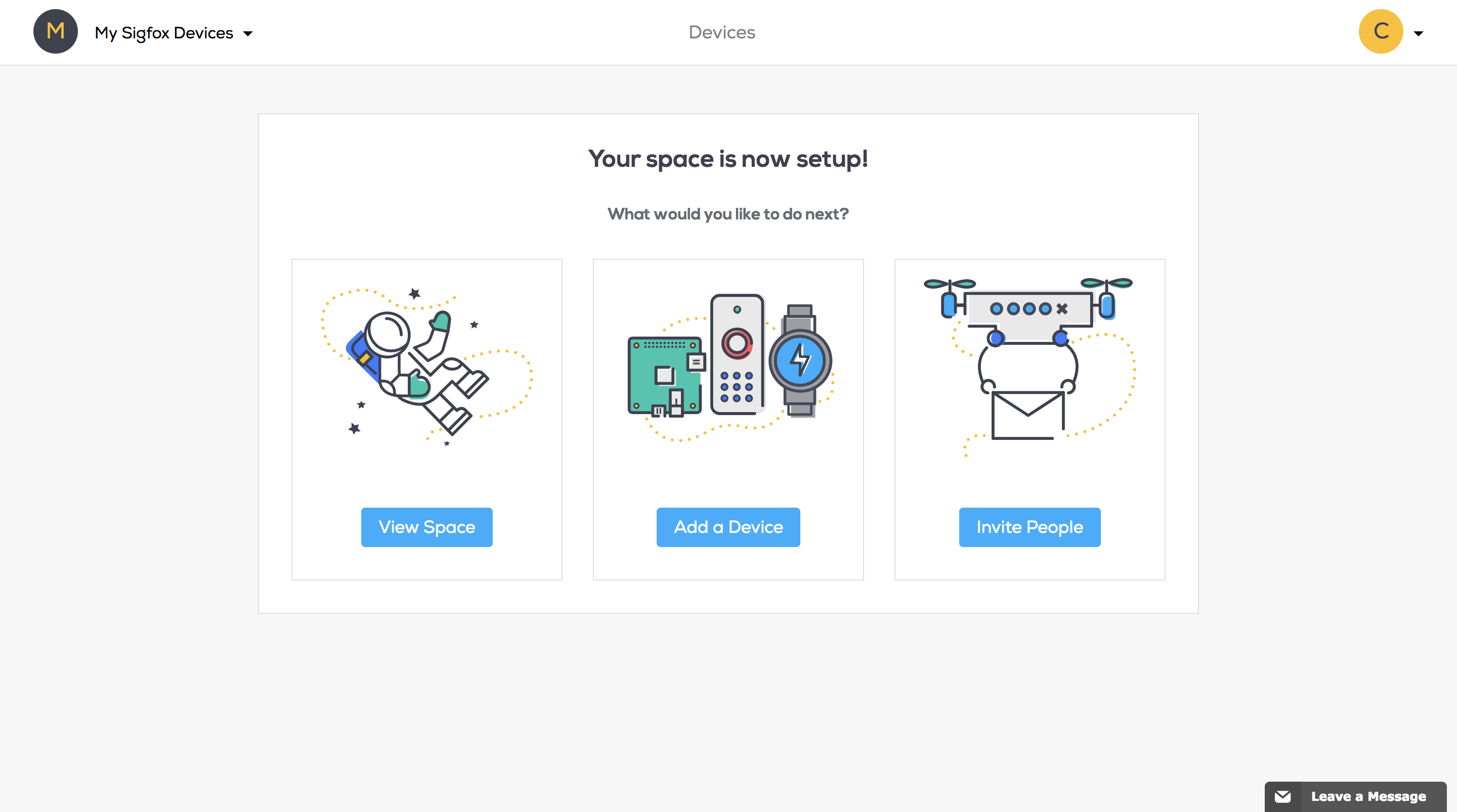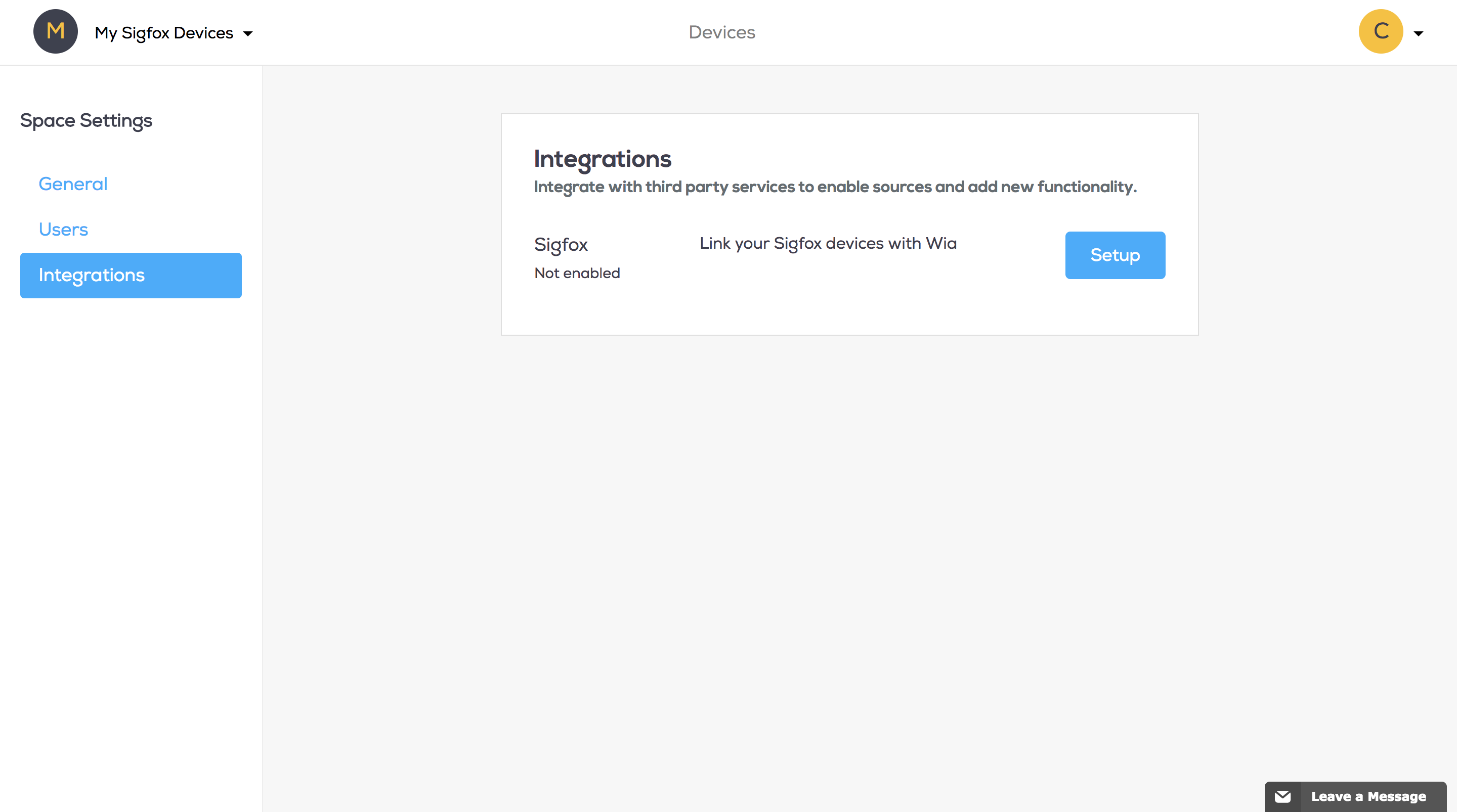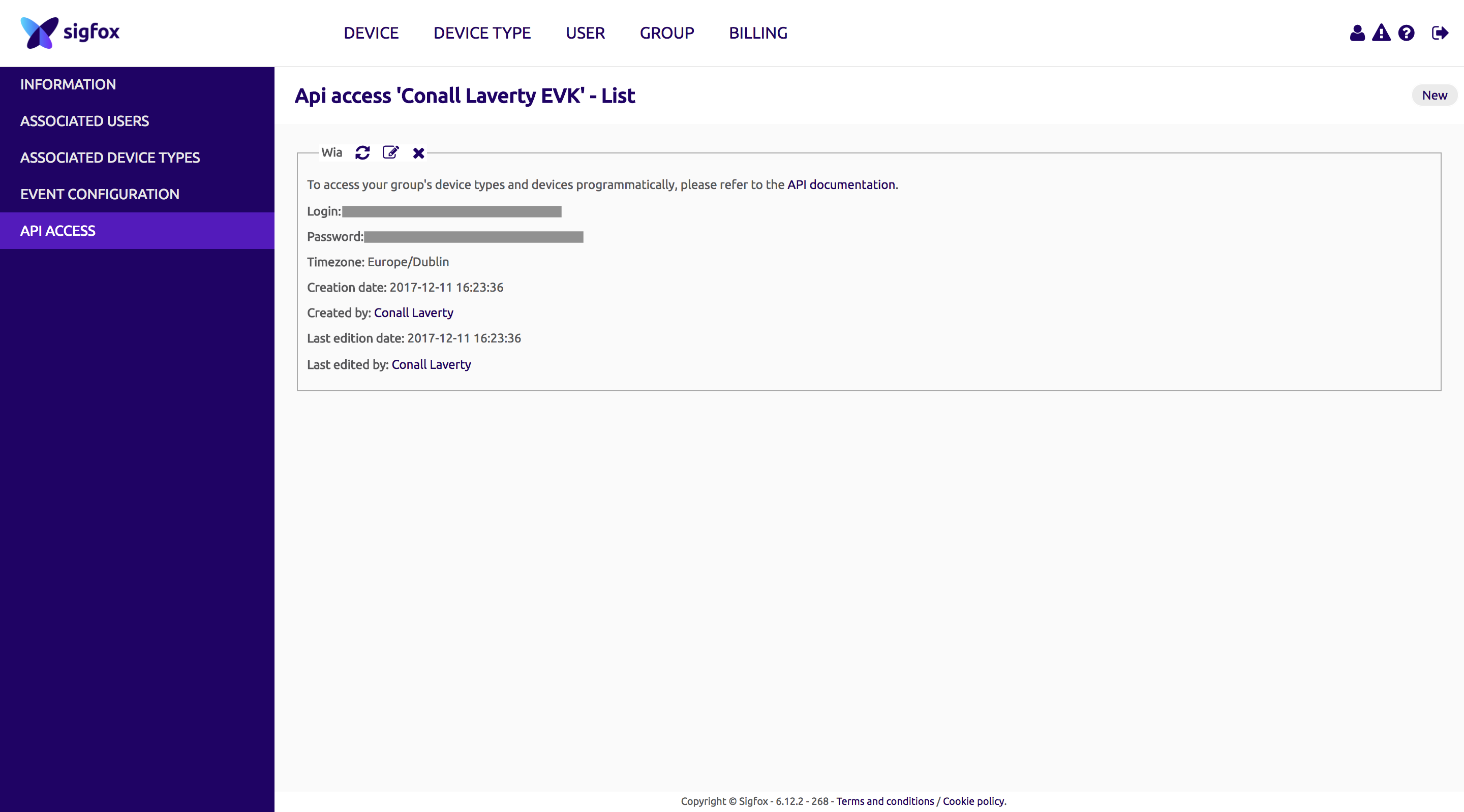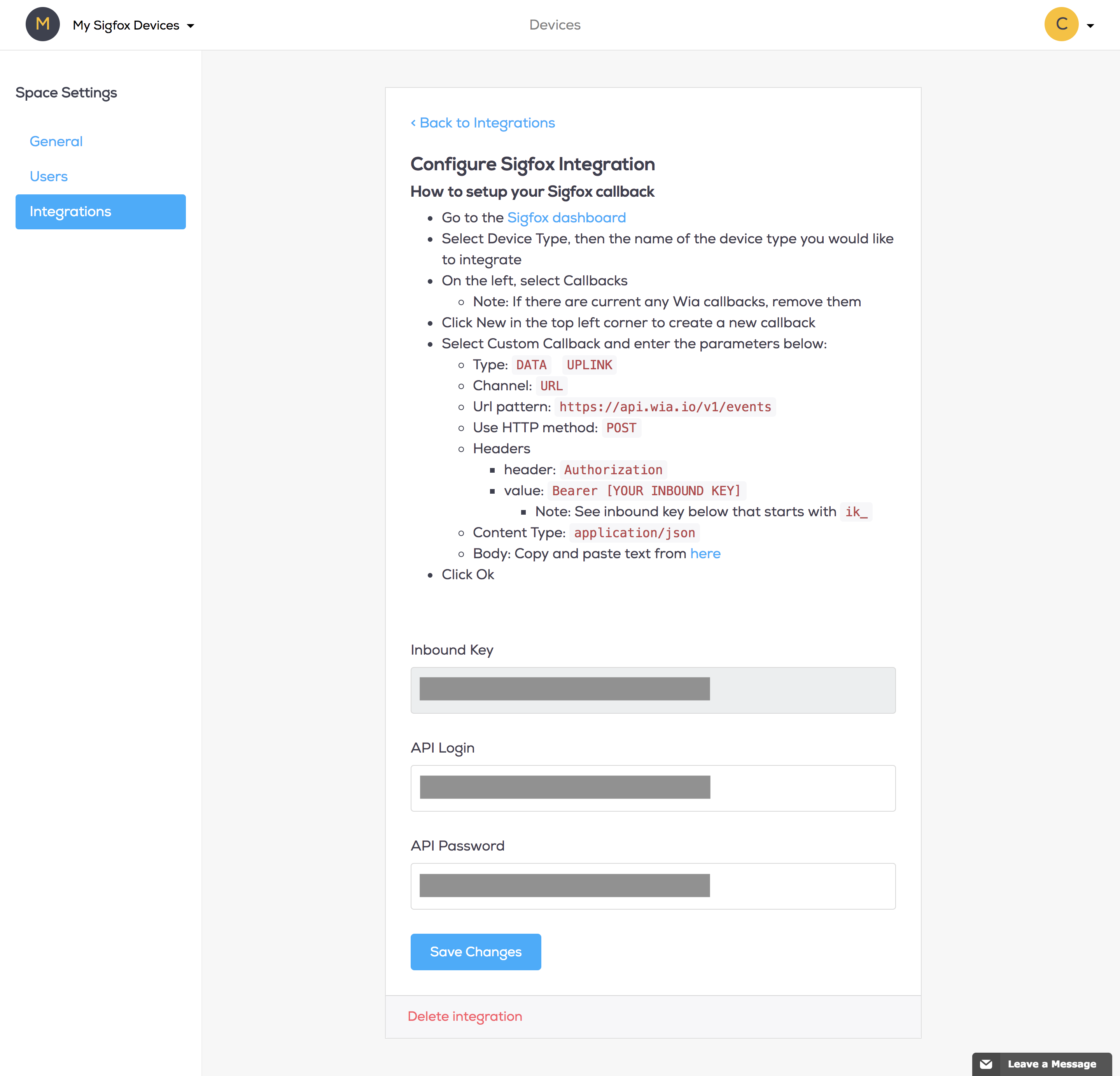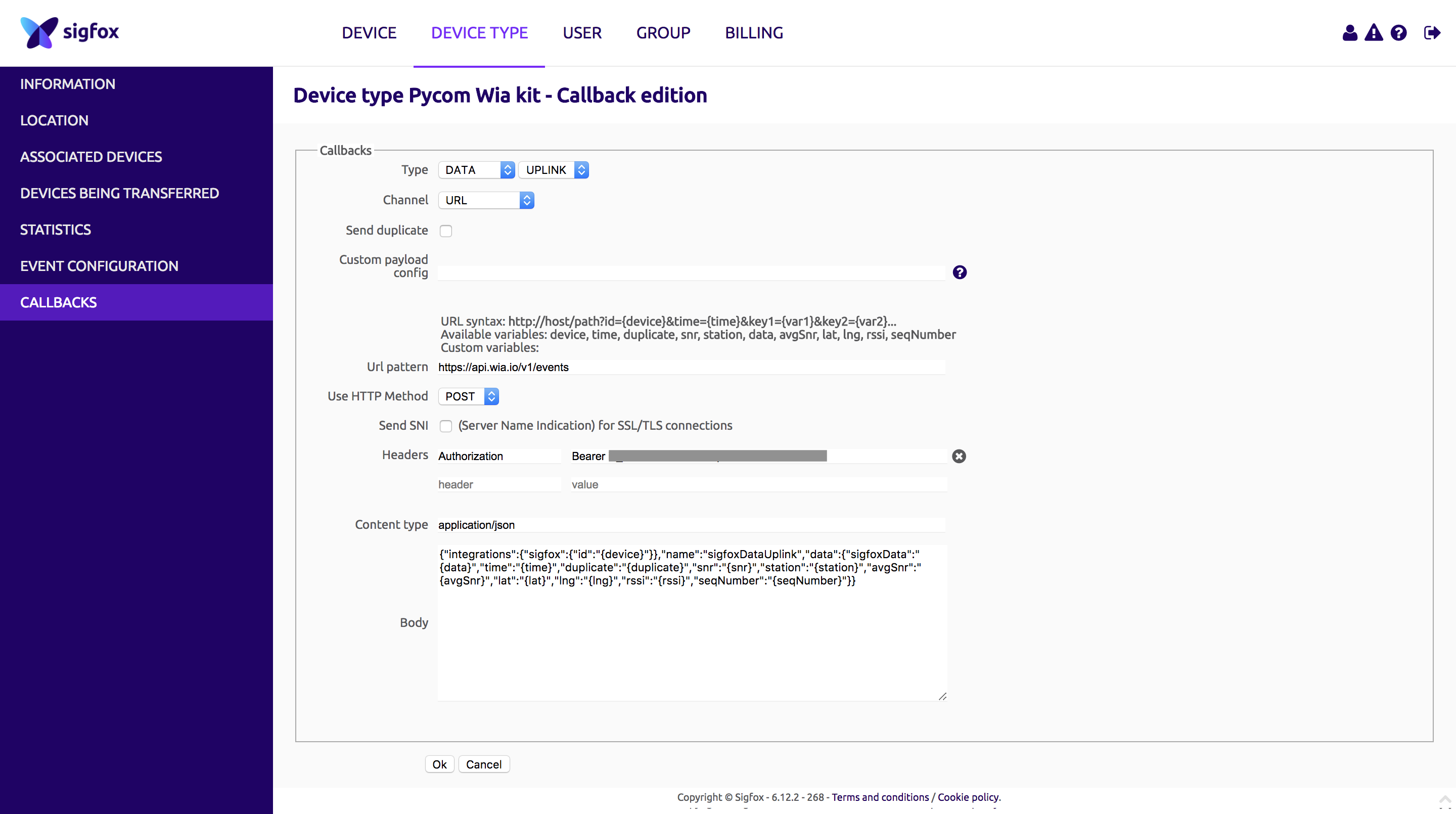IoT is disrupting almost every industry sector including communications. As power consumption has become a challenge for IoT devices, cellular IoT has introduced some standards that are cutting-edge. Let’s take a look at those standards and their device categories.
Remember the days when the “E” icon on the notification bar of our phones used to make us excited?
Well, if we compare that to today, technology has skyrocketed like anything. It was just a matter of time before that E icon turned to 4G LTE.
Today, there are billions of devices that run on the 4G network providing lightning-fast internet to the users. And it does not end here. The wave of 5G is ready to take on the world. Though some countries have already deployed 5G, it is yet to conquer the entire world.
Now, IoT is not a buzzword anymore. It is an awesome technology that connects various internet-enabled devices and is known to everybody. The use of IoT allows devices to share data at a faster pace. But, there is one challenge!
As these devices are connected to cellular networks like 3G and 4G LTE, they consume a lot of power. In a way, it is acceptable, but not if the devices are sending a small amount of data occasionally. So what’s the solution here? Cellular IoT!
Cellular IoT deals with some of the best IoT standards and devices that make the existing cellular technology fit for low-powered devices. If you are interested to know how; read ahead and find out!
Why are IoT LTE devices necessary?
Well, the need for IoT devices comes into the picture when we analyze applications like predictive maintenance, asset tracking, fleet management, inventory management, remote service, etc.
All these applications are backed by powerful yet sensitive devices that transmit data to ensure that all your business processes are running fine. LTE is the technology that helps them. IoT devices under LTE can be classified based on the LTE standards!
LTE-M/ Cat-M1:
This standard covers devices that run under the bandwidth of 1.4 MHz. Most of the devices under the standard are smart meters, fleet management devices, and asset tracking devices.
Cat-1:
The operating bandwidth of Cat-1 devices is 20 MHz which allows for devices like ATMs, POS terminals, and wearables to operate.
Cat-4:
The devices under Cat-4 have the maximum download and upload speed, which makes them ideal for applications like autonomous vehicles, real-time video, and in-car infotainment.
NB-IoT/ Cat-NB1:
The IoT LTE devices under NB-IoT have the maximum latency, which makes them crucial for applications like parking sensors, street lighting, industrial monitors, and more.
What are the various IoT LTE devices categories?
Well, if we talk about the device categories, IoT LTE devices can be classified into four categories based on cellular IoT standards. The newest of these four standards are LTE-M and NB-IoT.
Let’s read ahead and find out about the IoT LTE device categories!
1. LTE-M/ Cat-M1
Let’s begin with the LTE-M standard. The LTE-M standard is an excellent discovery that is ideal for devices that require less power and less bandwidth. Here are some key pointers related to the device categories of LTE-M!
- The devices based on the LTE-M standard have an upload speed of 1 Mbps, and the same is the download speed.
- On top of that, the latency in the case of LTE-M devices is 10-15 milliseconds. The latency is enough to ensure that the required data is transmitted at regular intervals.
- The bandwidth of the LTE-M is enough to ensure that the devices are able to function well in the prevailing 2G and 3G applications.
- The best thing about the LTE-M standard is handoff for devices. It allows seamless handoff that makes the standard ideal for applications like asset tracking and fleet management where devices are on the move.
- Cat-M1 was created as an integral part of Release 13 of the 3GPP’s LTE standards.
2. Cat-1
Apart from the above-described device categories, Cat-1 is a category that is a part of Release 8 of the 3GPP standard. Though it is a part of the old technology, it is still widely used across the globe. Here are some features of the Cat-1!
- The Cat-1 standard is made for IoT device categories that have low and medium bandwidth needs.
- The speed of the Cat-1 device is more than that of LTE-M. The upload speed of the Cat-1 devices is 5 Mbps, and the download speed is 10 Mbps.
- One of the best things about Cat-1 is that it has less latency. The latency of the signals is just 50-100 milliseconds.
- The Cat-1 standard uses a massive bandwidth of 20 Mhz in a full duplex. The full duplex capability of the devices allows for smooth handoff, making it ideal for wearables, ATMs, POS terminals, etc.
3. Cat-4
Well, the Cat-4 standard is what it takes to support applications like autonomous cars. The speed of devices in this standard is way more than Cat-1. It can provide you with 50 Mbps upload speed, and 150 Mbps download speed.
The best advantage of the Cat-4 standard is that it supports in-car infotainment, in-car hotspots, and video surveillance.
4. NB-IoT/ Cat-NB1
After the LTE-M, there is NB-IoT or Cat-NB1 standard. Just like LTE-M, there are many aspects that make it a bit different and unique. Here are some key pointers about the devices supporting the NB1 standard.
- The low-cost technology makes use of DSSS modulation technology vs. LTE spread technology to ensure connectivity.
- The cost factor of the technology is not the only USP. The devices that come under Cat-NB1 have less power consumption, offer excellent in-building coverage, and have longer battery life.
- If we talk about the upload and download speed of the NB-IoT device category, it is relatively less compared to LTE-M. The upload speed is 66 kbps, and the download speed is 26 kbps. This is in half duplex mode.
- The latency of NB-IoT is also more than the LTE-M. It oscillates between 1.6 to 10 seconds. Though it seems way more, there are advantages to it. The latency is ideal for small, intermittent data transmissions.
- NB-IoT is also part of Release 13 of the 3GPP’s LTE standard. It is an LPWAN technology that works on a licensed spectrum.
- The devices that come under this standard are smart gas, street lights, parking sensors, etc.
Other than these device and standard categories, there are two more standards:
5. Cat-0
As there is a need for low-cost devices and processes, Cat-0 lays the groundwork for that. It eliminates the need for features that require a high data rate in Cat-1. On top of all, Cat-0 is slowly doing the groundwork for Cat-M by replacing 2G.
6. EC-GSM
It is a standard that does not have as much buzz as the LTE-M and NB-IoT. But, it has been tested by brands like Ericsson and Intel for supreme practicality and modularity.
Why Do We Need To Care?
Well, if you are a cellular carrier service provider, you have to care about it. There are many factors that need to be considered while choosing the IoT LTE device category. Here is a brief elaboration of some of the critical ones!
1. Power consumption:
Out of all the IoT LTE devices listed above, those who come under the Cat-4 consume the maximum power. After that come the devices under Cat-1. Cat-M1 and NB-IoT devices are the ones that have the minimum power consumption.
2. Battery life:
Battery life is the key factor if the devices are placed in remote locations like the agricultural field. If you are choosing LTE IoT devices, go for devices under standards Cat-M1 and NB-IoT.
3. Cost:
If cost is your concern, then again, Cat-M1 and NB-IoT are the ideal picks for you. They are best for high-volume device applications. Devices under Cat-1 and Cat-4 are more pricey.
4. Adoption:
When it comes to adoption, the adoption of LTE-M and NB-IoT are quickly being adopted by carrier service providers across the globe.
5. Latency:
Latency is the highest in NB-IoT, which makes it ideal for applications that do not need to send continuous data. LTE-M is a bit faster than NB-IoT. Cat-4 is the fastest, which makes it ideal for video applications.
Conclusion
So, now we are clear about what type of IoT devices are under each standard of LTE. LTE-M and NB-IoT are the standards that are being quickly adopted as they are low cost, consume less power, and have max battery life. To make an informed choice, it is necessary for you to analyze each aspect closely. As of now, carrier companies are inclined toward adopting NB-IoT and LTE-M as they can serve vast applications while being balanced in all aspects.
